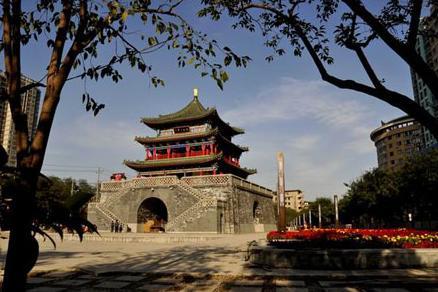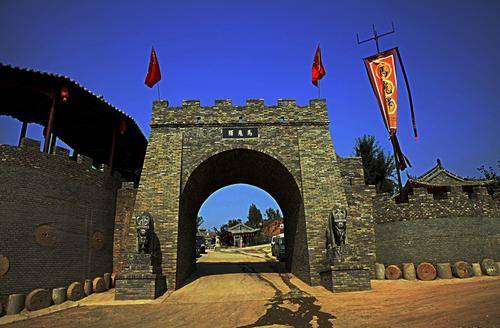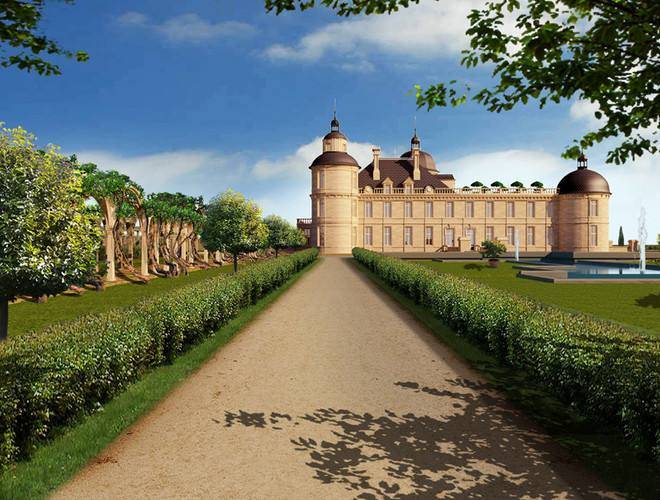Mawei Folk Culture Village
Located in Lijiapo Village, Mawei Office, Xingping, Xianyang, Shaanxi, Mawei Folk Culture Village is situated one kilometer west of the Yang Guifei Mausoleum - Huangshan Palace Scenic Area. Leveraging the unique historical resources of Huangshan Palace, it seamlessly combines modern life with historical culture to create a beautiful Mawei landscape.
Zhengguo Canal Site
Located in the Zhengguo Canal Tourist Scenic Area in the northwest of Wangqiao Town, Jingyang County, Xianyang City. The Zhengguo Canal Site is located within the scenic area. The Zhengguo Canal is a large-scale irrigation project built by the Qin State during the Warring States period. It is one of the three major water conservancy projects, along with the Dujiangyan in Sichuan and the Lingqu in Guangxi, and is known as one of the three major water conservancy museums in China. It is a national key cultural relic protection unit. The tourist destination includes five main areas: Jinghe Geological Park Area, Jinghe Canyon Sightseeing Tourism Belt, Heigou Qixia Area, Wenjing Lake Leisure Resort Area, and Beizhong Mountain Backup Tourism Area.
Zhangyu Reina Chateau
Located in Weicheng District, Xianyang City, Shaanxi Province, Zhangyu Reina Chateau was built with an investment of 600 million yuan by Yantai Zhangyu Grape Wine Co., Ltd. It covers an area of 1100 mu and produces 3000 tons of high-quality wine annually. This chateau, designed in the Italian Tuscany style, integrates four major functions: high-quality grape cultivation, high-end wine production and sales, wine culture exhibition, and tourism and leisure, making it a world-class winery.
Located in the middle section of Zhongshan Street in Xianyang City, Xianyang Museum is housed in a Confucian Temple built in 1371 during the Ming Dynasty. The museum features a four-courtyard layout facing south, with main buildings including a paifang (archway), Xiantang (offering hall), Dacheng Hall, a small paifang, and the main hall of the side courtyard. It is a key national cultural heritage protection unit. In 1859, the museum collected nearly 20,000 cultural relics. Currently, there are seven exhibition halls: three for Xianyang historical relics, one for relics from the Western Han imperial tombs, two for Western Han painted figurines, and one temporary exhibition hall. The museum's collection mainly consists of relics from the Qin and Han dynasties, providing valuable materials for the study of Qin and Han history and culture. Notable items include a jade horse and jade figurine head from the Han Dynasty, painted command figurines, a gold and silver inlaid ding (cauldron) from the Warring States period, an Anyi Xiaguan bell, a dragon-button seal, a Lu King tiger tally, a gold jug from the Tang Dynasty, and a tri-colored single-humped camel. The most famous among these is the collection of 3,000 painted terracotta warriors from the Western Han Dynasty.
Fucha Town, which integrates Fucha culture, Guanzhong folk culture, and Guanzhong lifestyle culture, will become a first-class comprehensive park in China after its completion. It will combine Fucha research and development, Fucha cultural derivative product development, cultural display, tourism experience, and urban-rural integration. Here, you can experience the prosperity of the ancient Tea Horse Road. The ancient and tidy streets with Guanzhong characteristics, the murmuring streams surrounding the town, and the unique participation in the ancient Fuzhuan tea making process add a distinctive touch to the scenery of Fucha Town. Citizens can not only feel the mysterious Fucha culture, enjoy the fun of tea making, and experience various Guanzhong folk customs, but also taste various special snacks made from Fuzhuan tea. Here, citizens can appreciate China's long tea history, Shaanxi Guanzhong folk customs, experience the charm of Fucha culture, enjoy the pastoral urban life, and participate in activities such as the Beer Festival and the 'Fucha Girl Contest'.













